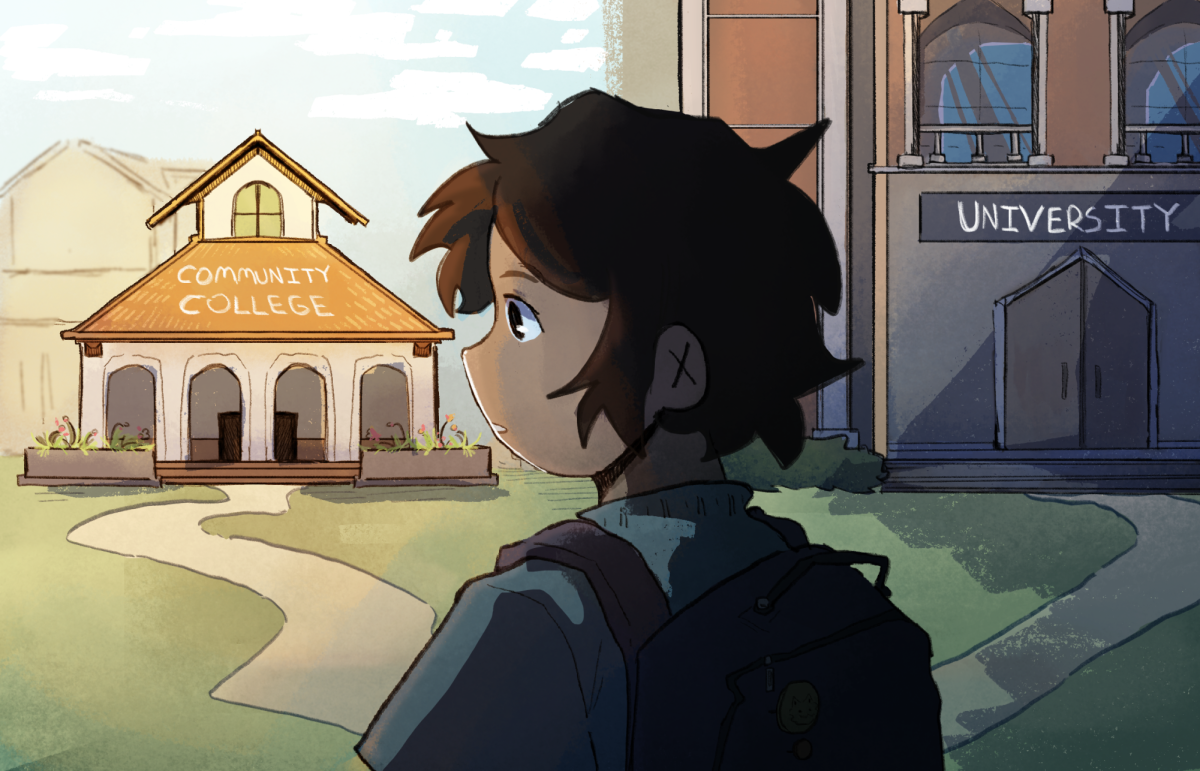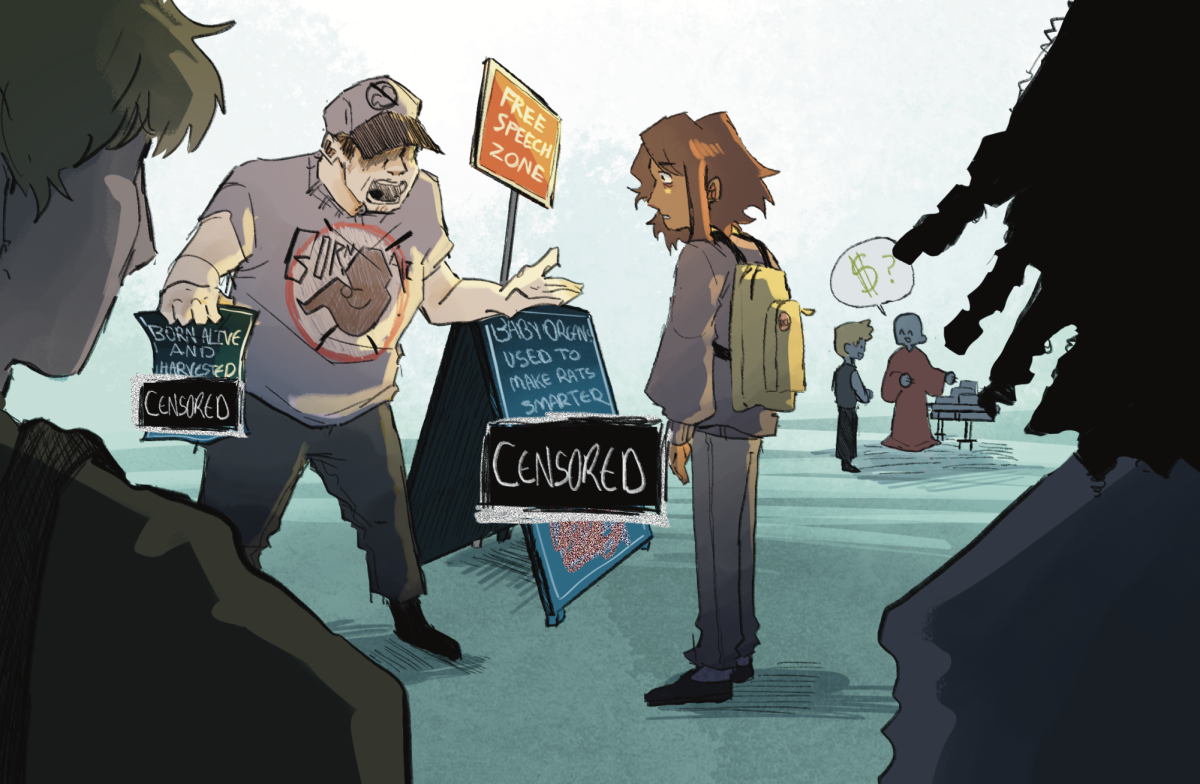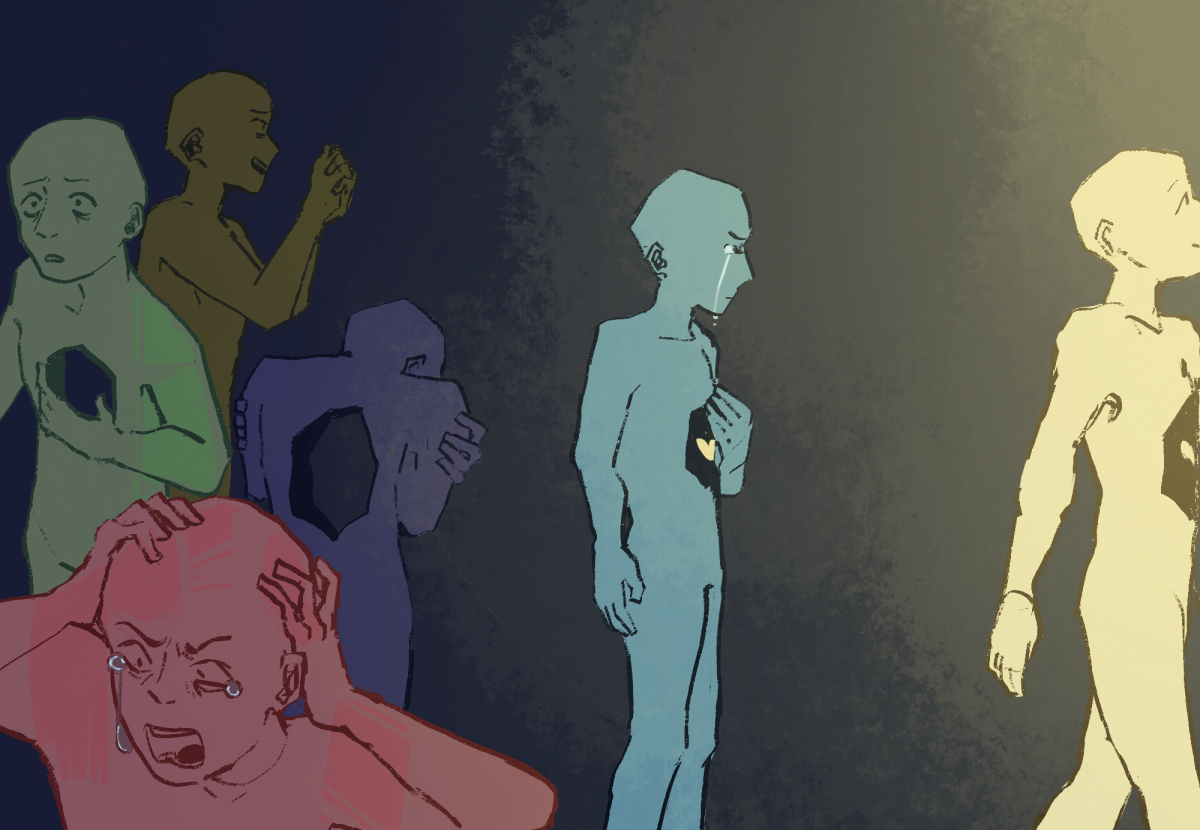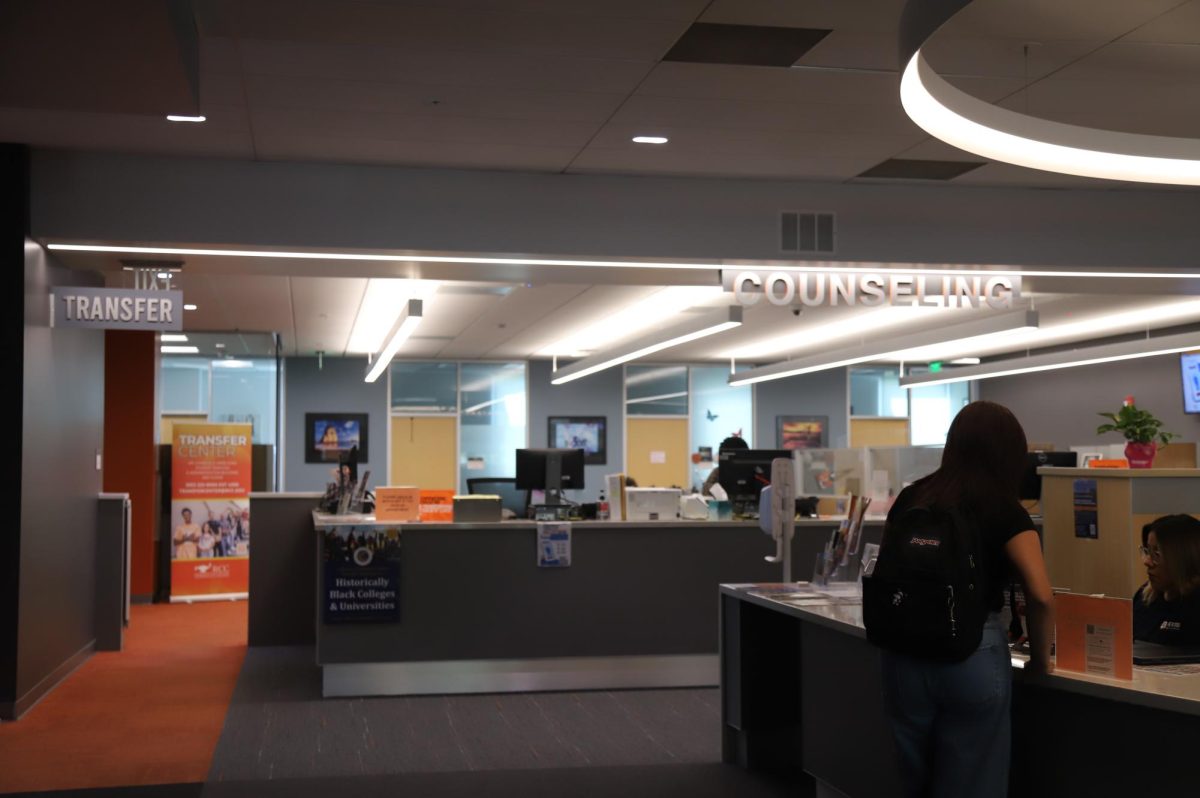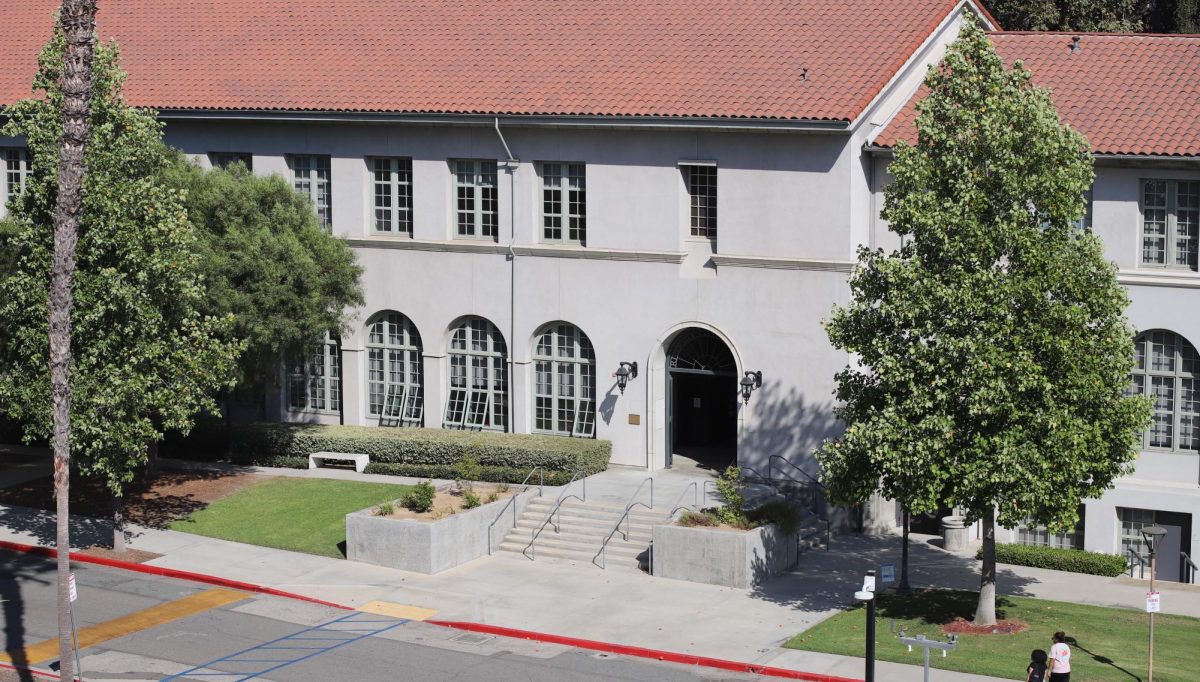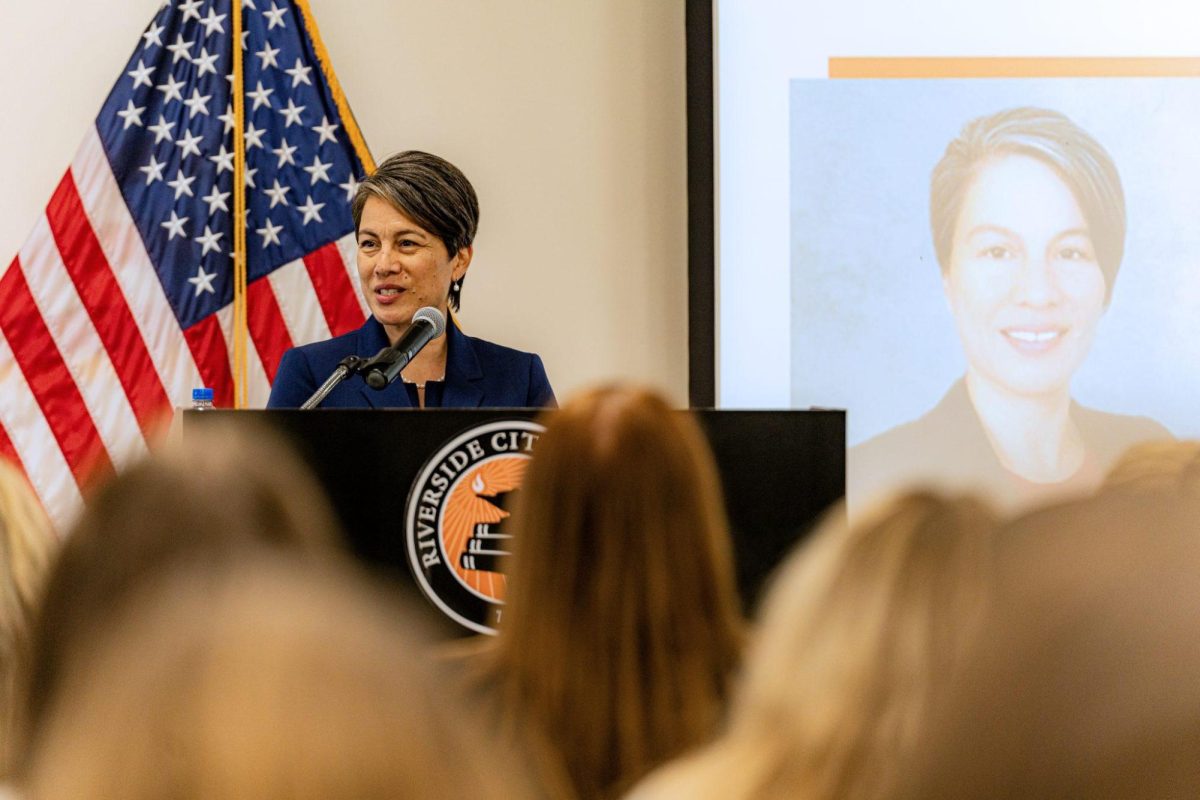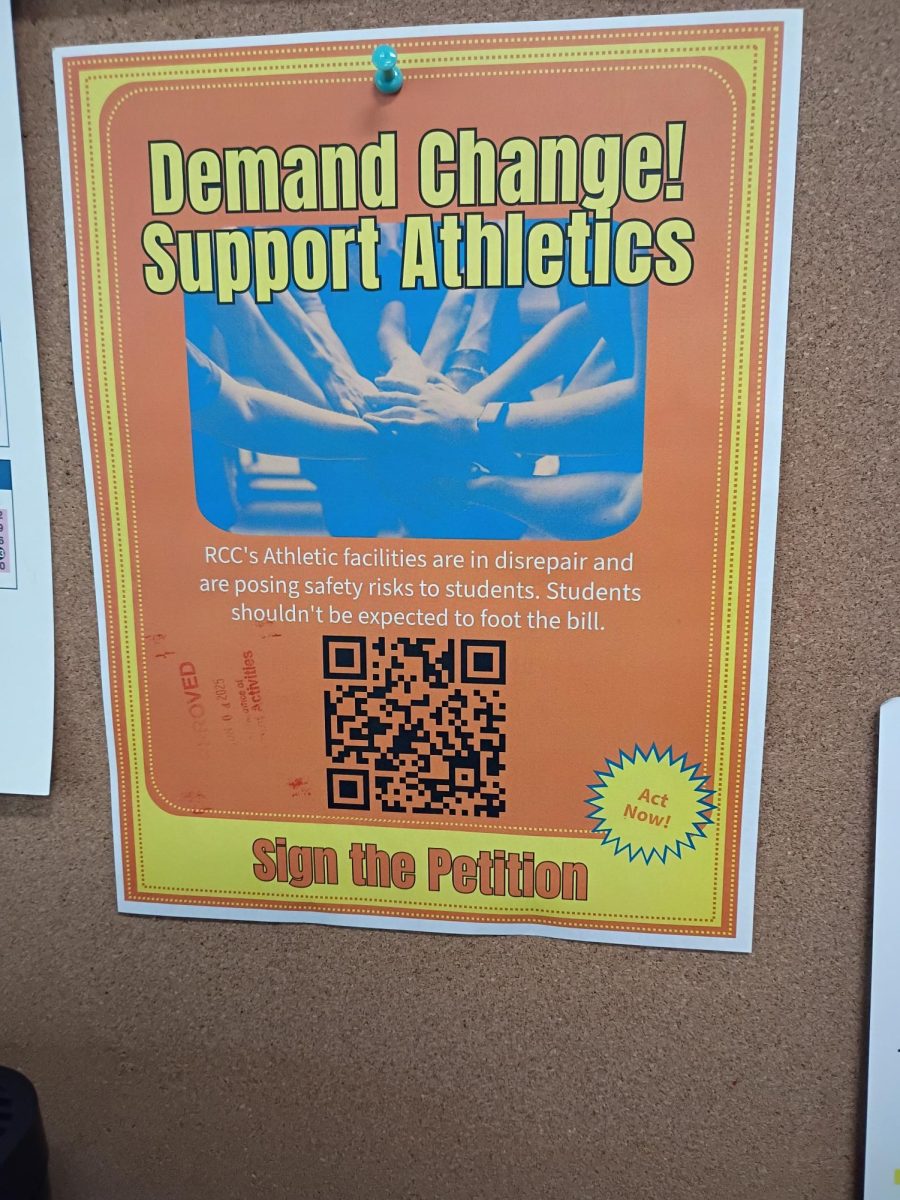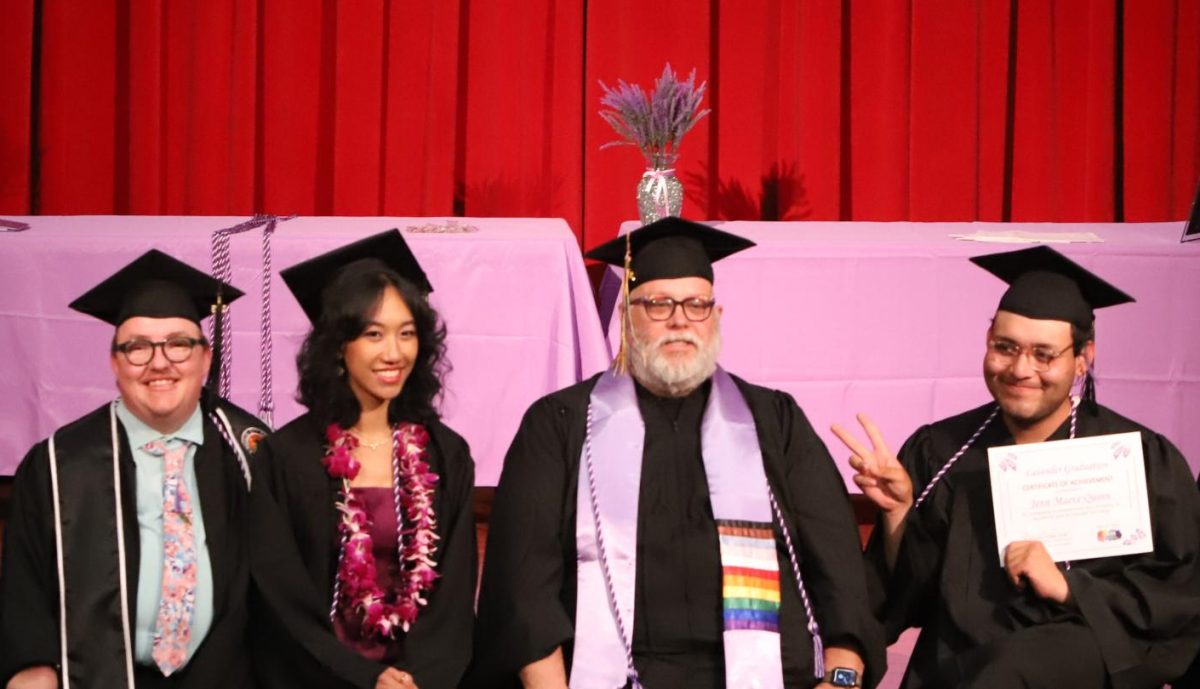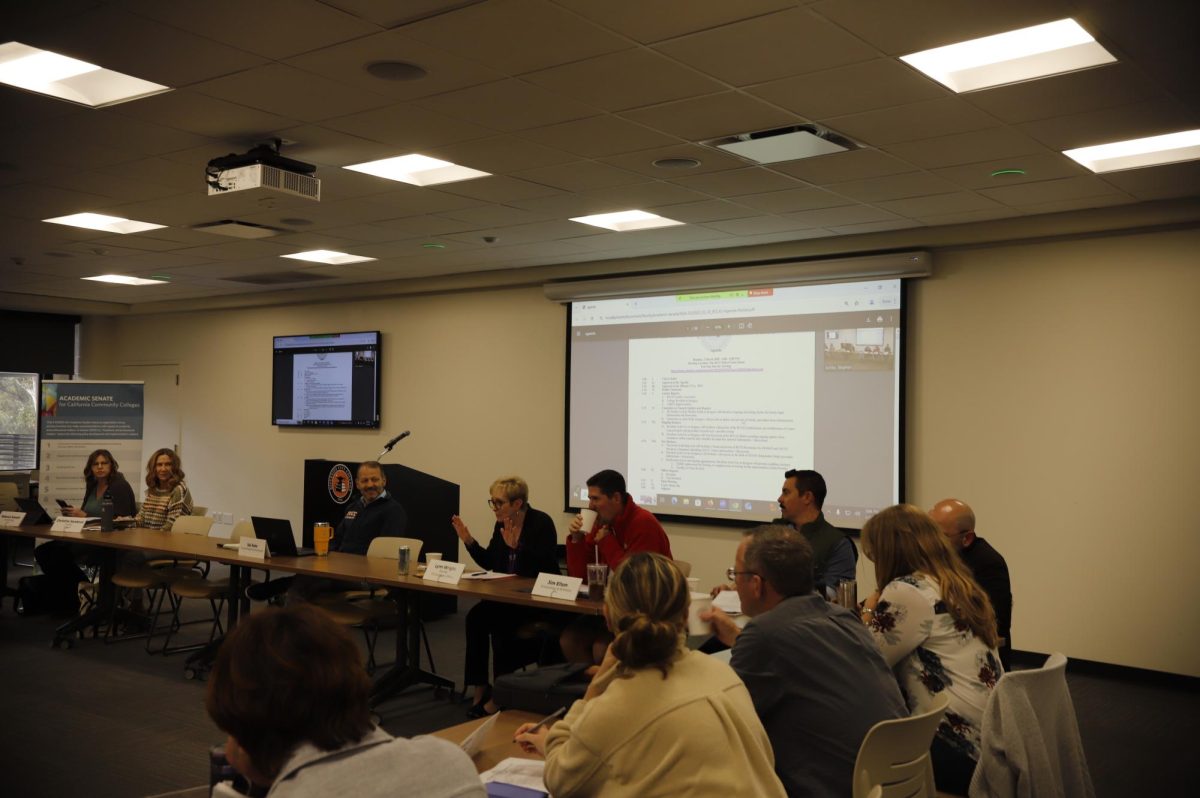
There are many stereotypes that come with being a college student.
Some of the most popular stereotypes include having stress-induced breakdowns in the library, eating the cheapest food money can buy and surviving day-to-day college life with a single digit bank account balance.
These are joke subjects passed between students in between classes and internet memes shared on each others’ social media pages.
But how often do the jokes reflect reality?
We, the Viewpoints Editorial Board, believe that students should not have to choose between getting their education, keeping a roof over their heads or preventing themselves from going hungry. No one should.
While many would believe that college students’ financial worries stem primarily from the cost of tuition, a 2016 report put out by The Institute for College Access and Success suggests otherwise.
Tuition amounts to only 20 percent of community college students’ total costs, according to the report.
Instead, basic needs such as housing and food, as well as transportation, textbooks and other supplies are the real cost drivers.
“When financial aid helps cover costs beyond tuition, students can spend more time in class and studying instead of working longer hours to pay the bills,” said Debbie Cochrane, TICAS research director and primary author of the report.
“Even with free or very low tuition, students are facing serious financial challenges that undermine college affordability and completion.”
Many students take on the hardship of working a full-time job while maintaining a full-time course load, often at the expense of their grades and overall wellbeing.
The average California minimum wage is $10.50 an hour, meaning that, on average, students would have to work 119 hours to earn enough money to pay for textbooks alone.
These are 119 hours per semester that the student is not studying and getting schoolwork done.
When discussing the student debt crisis, most people focus on the rapid growth in outstanding debt and several recent milestones, such as student loan debt exceeding credit card debt in 2010 and auto loans in 2011 and passing the $1 trillion mark in 2012.
But these milestones don’t tell us much about the impact of all that debt on the students who must borrow to pay for a college education.
Average student loan debt at graduation has been growing steadily over the last two decades.
In 1993-94, about half of bachelor’s degree recipients graduated with debt, averaging a little more than $10,000. In 2017, more than two-thirds of college graduates graduated with an average debt of $35,000, tripling in two decades.
Student loan debt is increasing because government grants and support for postsecondary education have failed to keep pace with increases in college costs.
This has shifted much of the burden of paying for college from the federal and state governments to families.
The government no longer carries its fair share of college costs, even though it gets a big increase in income tax revenue from college graduates.

